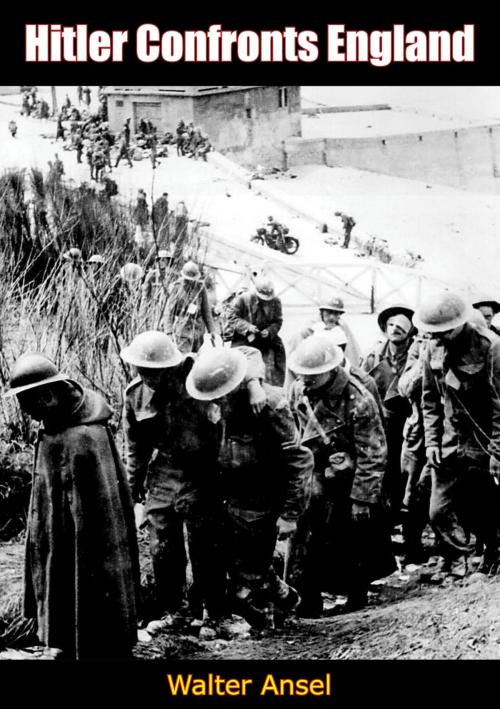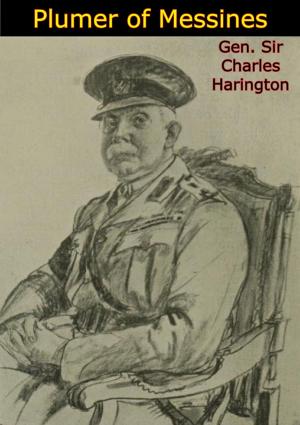| Author: | Walter Ansel | ISBN: | 9781787209169 |
| Publisher: | Arcole Publishing | Publication: | January 12, 2017 |
| Imprint: | Arcole Publishing | Language: | English |
| Author: | Walter Ansel |
| ISBN: | 9781787209169 |
| Publisher: | Arcole Publishing |
| Publication: | January 12, 2017 |
| Imprint: | Arcole Publishing |
| Language: | English |
In the fateful summer of 1940 Germany stood astride a prostrate Europe while the world held its breath and wondered, “Where next?” Hitler’s war machine had smashed Poland the previous fall, and the dull months of “Sitzkrieg” which followed had gradually lulled the Allies into anticipation of settlement. Then, in the spring, the German legions had suddenly burst into Denmark and Norway and through the Low Countries and France to the Channel coast. What could stop them?
The German leader, Adolf Hitler, had rolled up an immense strategic initiative. It seemed plain that England came next. He mounted a powerful invasion force at the Channel. The troops trained and drilled, the ships formed and reformed. Yet the operation never sailed on its mission. “Why Not?” has been a tantalizing question ever since. The full answer may never be given. In it may lurk the first signs of Germany’s eventual defeat.
Other studies have presented the problem through the events and their documentation. This book treats it along two distinct but related lines: along the line of a running evaluation of the German leadership and the command relationships that that leadership imposed, and along the line of an examination of the German invasion capability as judged by a naval officer long experienced in amphibious warfare.
As a Forrestal Fellow of the U. S. Naval Academy during 1952 and 1953, Admiral Ansel consulted high and low participants of the invasion planning, ordering mounting, and drilling. He found little doubt about the seriousness of the German effort. He was able to discuss with the men involved the import of, and interpretation placed on, the orders and plans issued. From these factors he was enabled to bring his own professional judgment to bear on the operation’s prospects.
In the fateful summer of 1940 Germany stood astride a prostrate Europe while the world held its breath and wondered, “Where next?” Hitler’s war machine had smashed Poland the previous fall, and the dull months of “Sitzkrieg” which followed had gradually lulled the Allies into anticipation of settlement. Then, in the spring, the German legions had suddenly burst into Denmark and Norway and through the Low Countries and France to the Channel coast. What could stop them?
The German leader, Adolf Hitler, had rolled up an immense strategic initiative. It seemed plain that England came next. He mounted a powerful invasion force at the Channel. The troops trained and drilled, the ships formed and reformed. Yet the operation never sailed on its mission. “Why Not?” has been a tantalizing question ever since. The full answer may never be given. In it may lurk the first signs of Germany’s eventual defeat.
Other studies have presented the problem through the events and their documentation. This book treats it along two distinct but related lines: along the line of a running evaluation of the German leadership and the command relationships that that leadership imposed, and along the line of an examination of the German invasion capability as judged by a naval officer long experienced in amphibious warfare.
As a Forrestal Fellow of the U. S. Naval Academy during 1952 and 1953, Admiral Ansel consulted high and low participants of the invasion planning, ordering mounting, and drilling. He found little doubt about the seriousness of the German effort. He was able to discuss with the men involved the import of, and interpretation placed on, the orders and plans issued. From these factors he was enabled to bring his own professional judgment to bear on the operation’s prospects.















